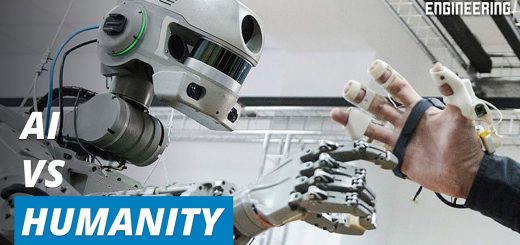Human Bodies could be used as ‘Antennas’ soon..!

Visible Light Communication (VLC), which is like a wireless version of fiberoptics, could be one way to utilize 6G telecommunications in particular.
Fiberoptics use incredibly thin glass or plastic tubes to transmit information on flashes of light. The UMass Amherst team says they have a low-cost, innovative way of harvesting waste energy from VLC by using the human body as an antenna.
Their technology can reuse waste energy to power wearable devices and, possibly, larger electronics, according to a university announcement.
VLC is so appealing for the future of wireless technology because the infrastructure to use it already exists. Thanks to modern technology and smart devices, homes, vehicles, streetlights, and offices are all lit by LED bulbs, and they could also be transmitting information wirelessly.
The team points out that VLC systems experience a significant “leakage” of energy as LEDs emit “side-channel RF signals,” or radio waves.
They can apply it if scientists can capture this RF energy, and to make this a reality, they built an antenna from coiled copper wire to capture the RF leakage.
From there, the big question is what kind of object captures this energy best. Researchers have examined all sorts of surfaces and wire thicknesses in order to find out.
Minhao Cui, who was the first author of the study, attempted to wrap the coil around a human body after resting it against plastic, cardboard, wood, and steel, as well as phones and other digital devices with buttons switched on and off.
The team used a variety of everyday objects to boost the energy harvested and discovered that the human body is the best material for this purpose.
Cui et al., 10.1145/3560905.3568526 Results showed that people are the best medium for amplifying the coil’s ability to gather leaked RF energy, with the coil attached to a person capturing as much as 10 times more energy than using a bare coil.
A cheap bracelet could give you 6G service Based on these results, the researchers developed a wearable device called the “Bracelet+” that people can wear on their upper forearm.
The study authors note that it can be worn as a ring, belt, anklet, or necklace, although a bracelet seemed to provide the most power. A copper coil wrapped around a person’s figure and arm Different coil designs influence the energy output. CREDIT: Cui et al., 10.1145/3560905.3568526.
“The design is inexpensive—less than fifty cents,” say the study authors. However, Bracelet+ can reach micro-watts, which would be enough for many sensors, such as on-body health monitoring sensors, which require little power to operate due to their low sampling frequency and long sleep mode duration. “Eventually, we want to be able to harvest waste energy from all sorts of sources to power future technology,” Xiong concludes.




